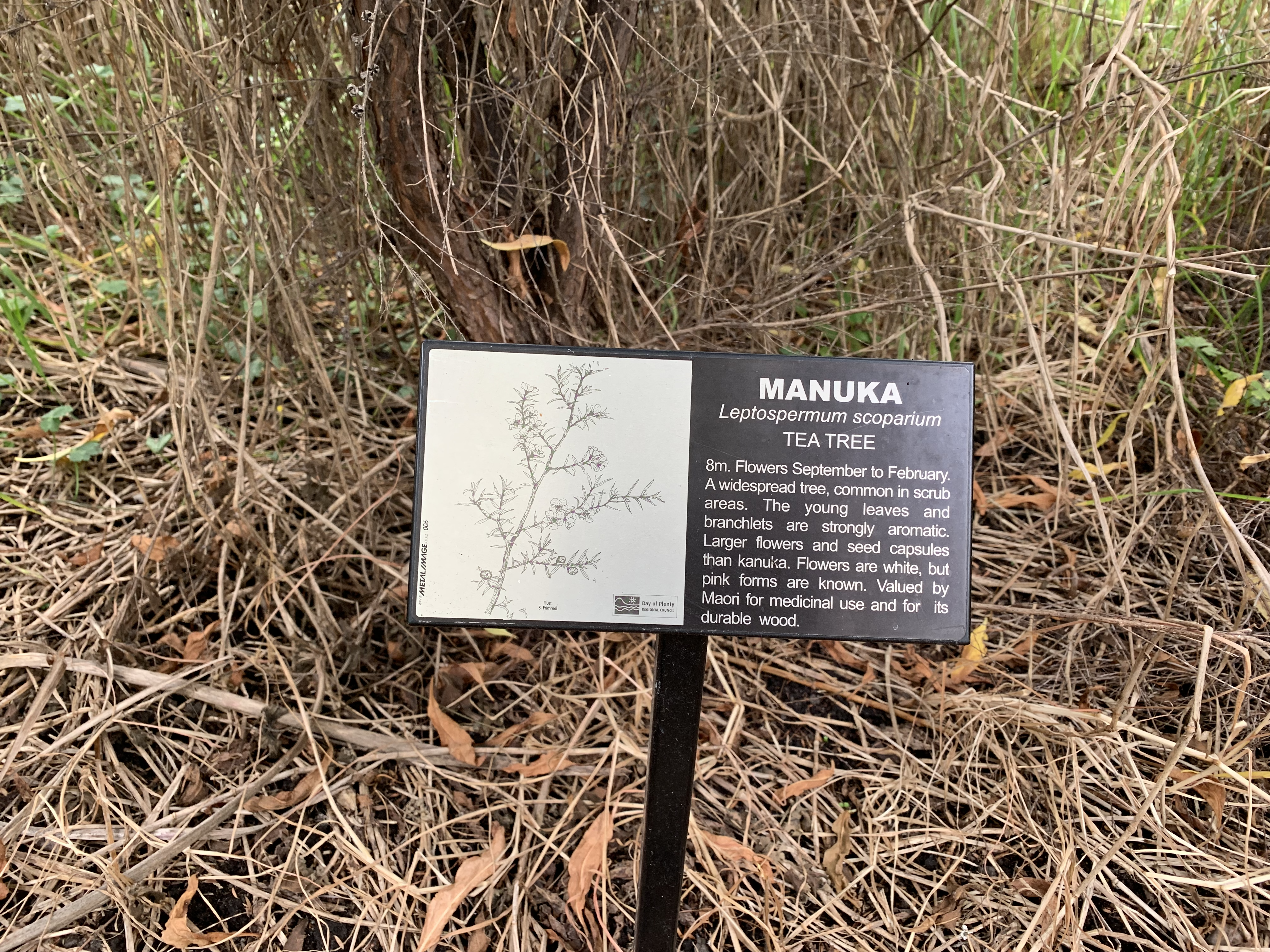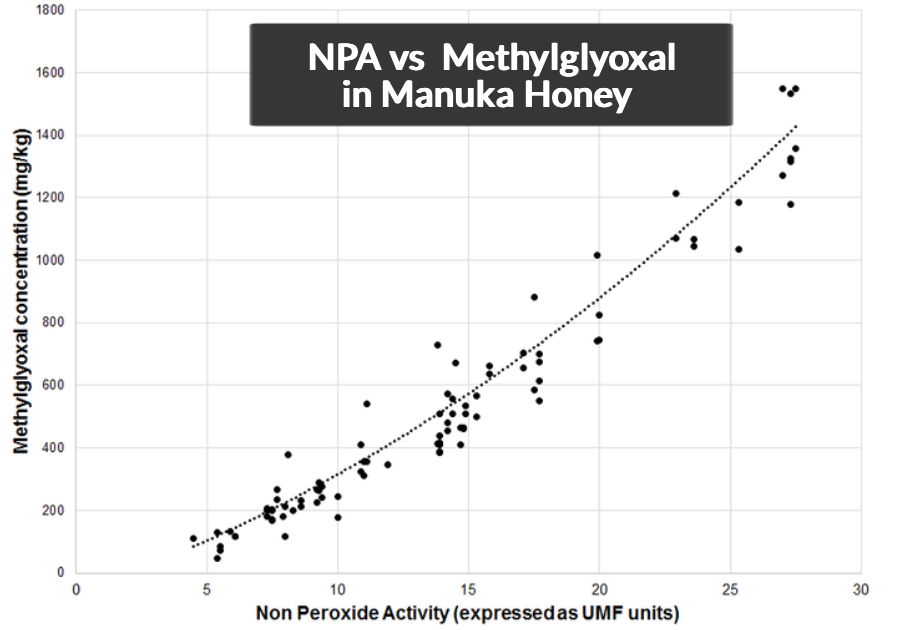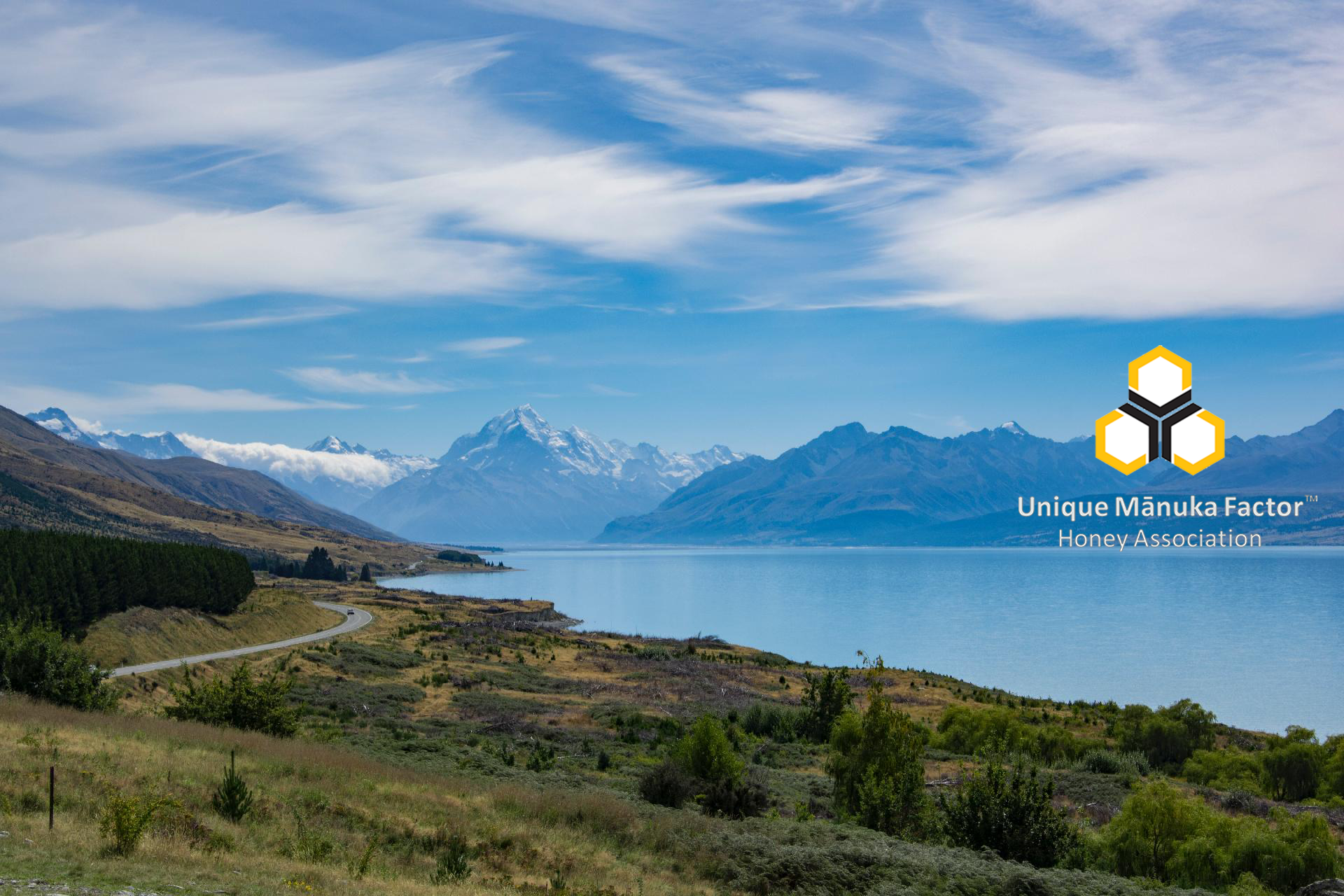Table of Contents
Introduction
If you’re looking to feel more energized and healthy, or you want to fight a tricky skin infection or digestive issue, there’s a lot of positive buzz brewing about manuka honey. As the fourth most Google-searched functional food last year, manuka honey has become a natural health phenomenon, right behind turmeric and apple cider vinegar. Honey seems like such a simpler, more pleasant way to get healthy. But what is it about manuka honey that makes it so popular? In this comprehensive guide, we’ll explore the benefits of manuka honey and provide information on where you can purchase it.
The Power of Manuka Honey
Manuka honey isn’t just any garden variety honey. Real manuka honey only comes from New Zealand and a tiny area of Australia, where the manuka plant grows and certain high-flying mountain bees prosper. It contains a far more powerful cocktail of natural hydrogen peroxide, antibiotic methylglyoxal, and leptosperin than regular honey. These compounds give manuka honey its potent healing properties.
Regular honey has been touted for its antibacterial and anti-inflammatory properties for centuries, but manuka honey takes it to another level. It has higher levels of hydrogen peroxide, which is known for its antibacterial properties. Additionally, methylglyoxal acts as a powerful antibiotic, while leptosperin is a unique compound found only in manuka honey.
This amber elixir is gaining popularity for its ability to heal cuts faster with less scarring, reduce acid reflux and digestive disorders, clear up acne, and alleviate eczema. Traditional physicians and healers are also becoming believers in manuka honey’s healing potential.
Authentic Manuka Honey: UMF vs. MGO
When purchasing manuka honey, it’s important to look for specific certifications that ensure its authenticity. New Zealand is working to lay exclusive claim to manuka honey, despite it also being harvested in Australia. The Unique Manuka Factor (UMF) rating system is one way to ensure you’re getting pure, uncut, New Zealand-manuka honey. It analyzes the presence of leptosperin and guarantees antibacterial activity. The higher the UMF rating, the higher the level of antibacterial properties.
While some manuka honeys use the UMF rating system, others rely on a methylglyoxal (MGO) rating, which indicates the strength of its antibiotic enzymes. However, some critics argue that MGO can be replicated, so its presence doesn’t guarantee the authenticity of the honey.
Where to Find Manuka Honey
Now that we understand the benefits and certifications of manuka honey, let’s explore where you can find it. Below is a list of highly rated manuka honeys and their key features:
- Wedderspoon Raw Premium Manuka Honey KFactor 16+: This raw, unpasteurized honey from New Zealand is Amazon’s Choice. Its KFactor grading ensures its authenticity as genuine manuka honey. Users praise its taste and health benefits, including improved digestion and immune system support. It’s perfect for adding to tea or toast. Price: $34.15 (5 percent off MSRP)
- Comvita Manuka Honey UMF 15+: This premium manuka honey from New Zealand is independently UMF rated for its high antibacterial properties. It supports digestive health, respiratory system, and aids in the relief of coughs and sore throats. It’s also known for healing cuts, burns, and skin conditions like eczema. Price: $45.13 (5 percent off MSRP)
- Kiva Certified Manuka Honey UMF 15+: This honey is certified to high UMF standards and is praised for its healing properties, increased energy, and improvement in digestive issues. It has a creamy texture and can be enjoyed on toast or straight from the spoon. Price: $37.99 (5 percent off MSRP)
- Manuka Health MGO 400+ Manuka Honey: This premium New Zealand honey is guaranteed to contain a minimum of 400mg of methylglyoxal. It’s known for its healing properties and can be used topically for skin infections or consumed for immune system support. It’s also available in higher MGO ratings. Price: $44.61
- Tahi Manuka Honey UMF15+: This sustainably raised honey is raw, unpasteurized, undamaged, and minimally filtered. It contains high levels of natural pollen and is used in hospitals and vet clinics for wound healing. Users rave about its effectiveness in treating digestive disorders and its commitment to environmental causes. Price: $69.95
- Manuka Doctor Bio Active Honey 24+: This bio-active manuka honey is known for its antibacterial, anti-inflammatory, and antioxidant qualities. It’s a natural energy source and can be consumed daily for overall health benefits. It’s also an affordable option for those looking to incorporate manuka honey into their routine. Price: $18.53 (5 percent off MSRP)
- Happy Valley UMF 15+ Manuka Honey: This deep, rich amber honey contains high levels of special chemical markers specific to true manuka honey. Its UMF15+ rating ensures its authenticity and high antibacterial properties. Users praise it for improved digestion, relief of dry skin and throat, and enhanced immune response. Price: $42.74 (5 percent off MSRP)
- Wild Cape UMF 15+ East Cape Manuka Honey: This ethically harvested honey from East Cape, New Zealand, is prized for its mild flavor and health-enhancing properties. It’s known for easing sore throat pain, respiratory infections, and acid reflux symptoms. It’s also reported to improve digestive issues. Price: $37.90 (5 percent off MSRP)
- Steens Manuka Honey UMF 20+: This raw and unpasteurized honey is highly rated for its healing properties. It has a higher UMF rating, making it more effective at treating wounds and infections. Steens also offers options for specific needs, such as a honey for children. Price: $119.95
Conclusion
Manuka honey is a powerful and potent healer that offers a range of health benefits. Whether you’re looking for improved digestion, reduced acid reflux, healing of wounds, or enhanced immune response, manuka honey can be a natural and delicious remedy. The brands listed above are highly rated and provide authentic manuka honey with various UMF or MGO ratings. By incorporating manuka honey into your daily routine, you can experience its healing properties and overall health benefits.
(Note: This article does not endorse any specific medical claims. Please consult with a healthcare professional before using manuka honey for any health conditions.)






